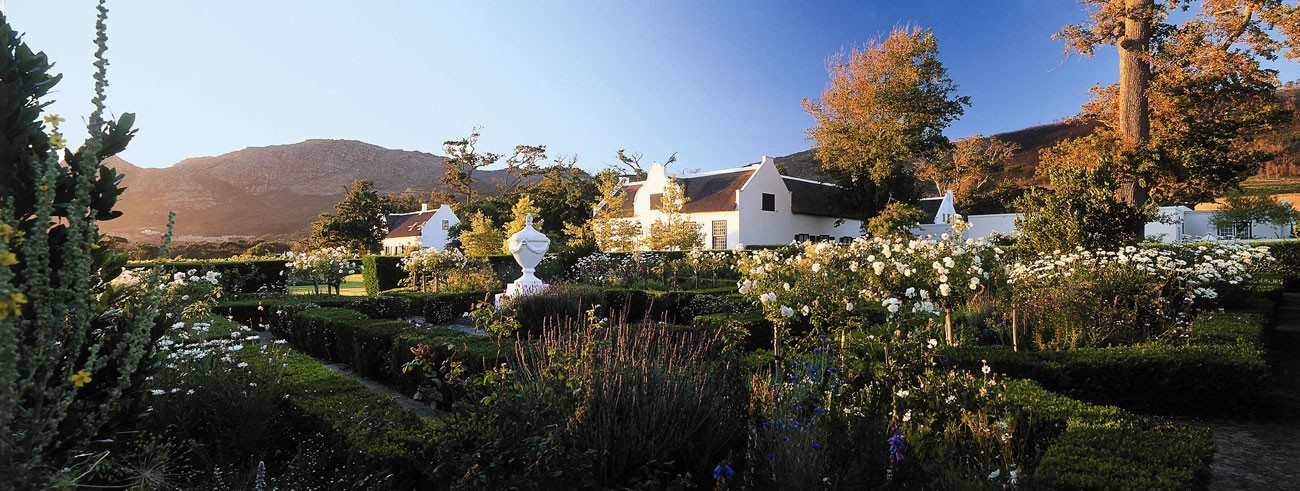Losing one husband could be considered bad luck, but losing four could be construed as carelessness – or perhaps marrying the wrong kind of man.
Catharina Ustings was already a widow at 21 when she strode ashore on Woodstock Beach in 1662. It’s not known whether she left Germany as a widow, or whether her husband died on board the ship – a not unlikely scenario – but you can’t help wondering what made her decide to set off on such a perilous voyage. Whatever her original plan was, she would have found the rough and ready settlement at the tip of Africa a far cry from 17th century Germany.
She married soon after arriving, and lost her husband number two, Hans Ras, to a lion while he was out hunting. Actually, it’s amazing he survived long enough to be eaten by a lion as he got drunk on his wedding night and crashed his wagon racing his best man home (as one does). Oh – and then got stabbed in the ribs while fighting about who caused the crash (as one does).
Undaunted, Catharina married again, but hubby number three, François Schanffelaar, died out hunting. Hubby number four, Laurens Cornelisz, died out hunting as well. This was not all that unusual for the time, and probably not really a tragedy, as he had already drunk his way pretty much through Catharina’s fortune.
So, at the ripe old age of 36, the four-times-widowed Catharina upped sticks with her four (possibly five) children and headed off into the wilds that would become Constantia, taking up residence at the farm she called “Swaaneweide” – the feeding place of the wild swans.
It was here that Catharina found herself – and found happiness. She married again but she chose wisely this time. Matthys Michelse was a homebody who was content to work the land, grow veggies and raise cattle and sheep. He was not a hunter, so he outlived his adventurous wife.
It was here that Catharina found herself – and found happiness. She married again but she chose wisely this time. Matthys Michelse was a homebody who was content to work the land, grow veggies and raise cattle and sheep. He was not a hunter, so he outlived his adventurous wife.
Catharina tilled the land, raised her children and rode a horse into town alone – not only astride, but bareback. She was – well – maybe not entirely respectable. But she was resourceful. She managed to persuade governor Simon van der Stel, who had settled on the neighbouring Groot Constantia, to grant her title to the farm – to her, not to her husband (and we are talking 1688). So she became the first woman to hold title to property in South Africa.
Swaaneweide continued to prosper, and changed hands surprisingly few times. The second owner, Frederik Russouw, bought the farm in 1695, planted the first vines and built the beautiful U-shaped house. Steenberg was starting to take shape.
In 1741, when Simon’s Bay (now Simon’s Town) was declared the official winter anchorage for The Cape, Steenberg was a natural overnight spot for the wagon drivers who travelled between False Bay and the nascent city of Cape Town over the Ou Kaapse Weg, so it enjoyed its first incarnation as a hotel.
The Russouws must have done well because Frederik’s son, Nicolaas, added the beautiful and ornate gable to the farmhouse – a sure sign that they were prospering.
In 1842, the property was sold to close relative Johannes Adriaan Louw, whose descendants kept the farm until 1990 when it was bought by Johannesburg Consolidated Investments (JCI) to be developed into what it is today.
And Steenberg Estate certainly has it all; a fabulous hotel, a magnificent 18-hole golf course, award-winning restaurant and a residential estate of 225 households. With many of the early investors still owning property on the estate, there is a low sales turnover, and the property prices reflect this exclusivity. Playing the 18-hole course at Steenberg is on many a golfer’s bucket list, and at any given time there is a membership waiting list.
The course is 20 years old, so Steenberg is embarking on a major greens resurfacing and bunker upgrade that will cost around
R 5 million. The new automated water-wise irrigation system will be enhanced by the Blue Planet bio-remediation programme and effluent water treatment project on the estate.
This revolutionary technology uses specific bacterial formulations to enhance biological breakdown of nutrients. “The first treatment was the rehabilitation of the 18th dam where we are eliminating the bottom sludge,” says Heiner Dominick, MD of Blue Planet. This, he explained, has eliminated odour when irrigating, and improved the water quality by optimising the nitrification cycle, and so reducing suspended solids and dissolved nutrients. The system has been widely used in agriculture, aquaculture and environmental remediation, but Steenberg will be the first residential estate to install it.
As well as the now much-improved golf course, the estate features everything one would expect at this level. The houses are all carefully placed for views and privacy, and the super-discreet state-of-the-art security allows homeowners to enjoy all the benefits of living on the oldest farm in Constantia with complete peace of mind.
And what of Catharina? She would almost certainly not recognise the farm but her memory lives on in Steenberg’s flagship restaurant, Catharina’s. And it’s decorated with delicate origami swans that float gently in the breeze, and hark back to her initial wonder at first laying eyes on this beautiful piece of land.





